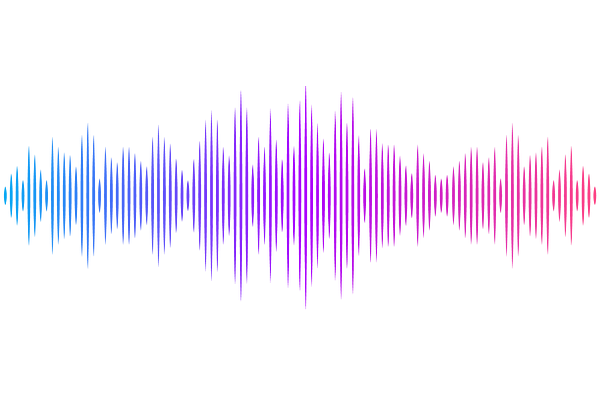Ultra-High-Energy Cosmic Rays from Active Galactic Nuclei Jets: The Role of Supermassive Black Hole Growth and Accretion States

Ultra-High-Energy Cosmic Rays from Active Galactic Nuclei Jets: The Role of Supermassive Black Hole Growth and Accretion States
Olmo Piana, Hung-Yi Pu
AbstractJets emanating from active galactic nuclei (AGN) represent some of the most formidable particle accelerators in the universe, thereby emerging as viable candidates responsible for the detection of ultra-high-energy cosmic rays (UHECRs). If AGN jets indeed serve as origins of UHECRs, then the diffuse flux of these cosmic rays would be dependent on the power and duty cycle of these jets, which are inherently connected to the nature of black hole accretion flows. In this article, we present our cosmological semi-analytic framework, JET(Jets from Early Times), designed to trace the evolution of jetted AGN populations. This framework serves as a valuable tool for predictive analyses of cosmic ray energy density and, potentially, neutrino energy density. By using JET, we model the formation and evolution of galaxies and supermassive black holes (SMBHs) from z = 20 to z = 1, incorporating jet formation and feedback mechanisms and distinguishing between various accretion states determined by the SMBH Eddington ratios. The implications of different SMBH growth models on predicting cosmic ray flux are investigated. We provide illustrative examples demonstrating how the associated diffuse UHECR fluxes at the source may vary in relation to the jet production efficiencies and the selected SMBH growth model, linking cosmological models of SMBH growth with astroparticle backgrounds.